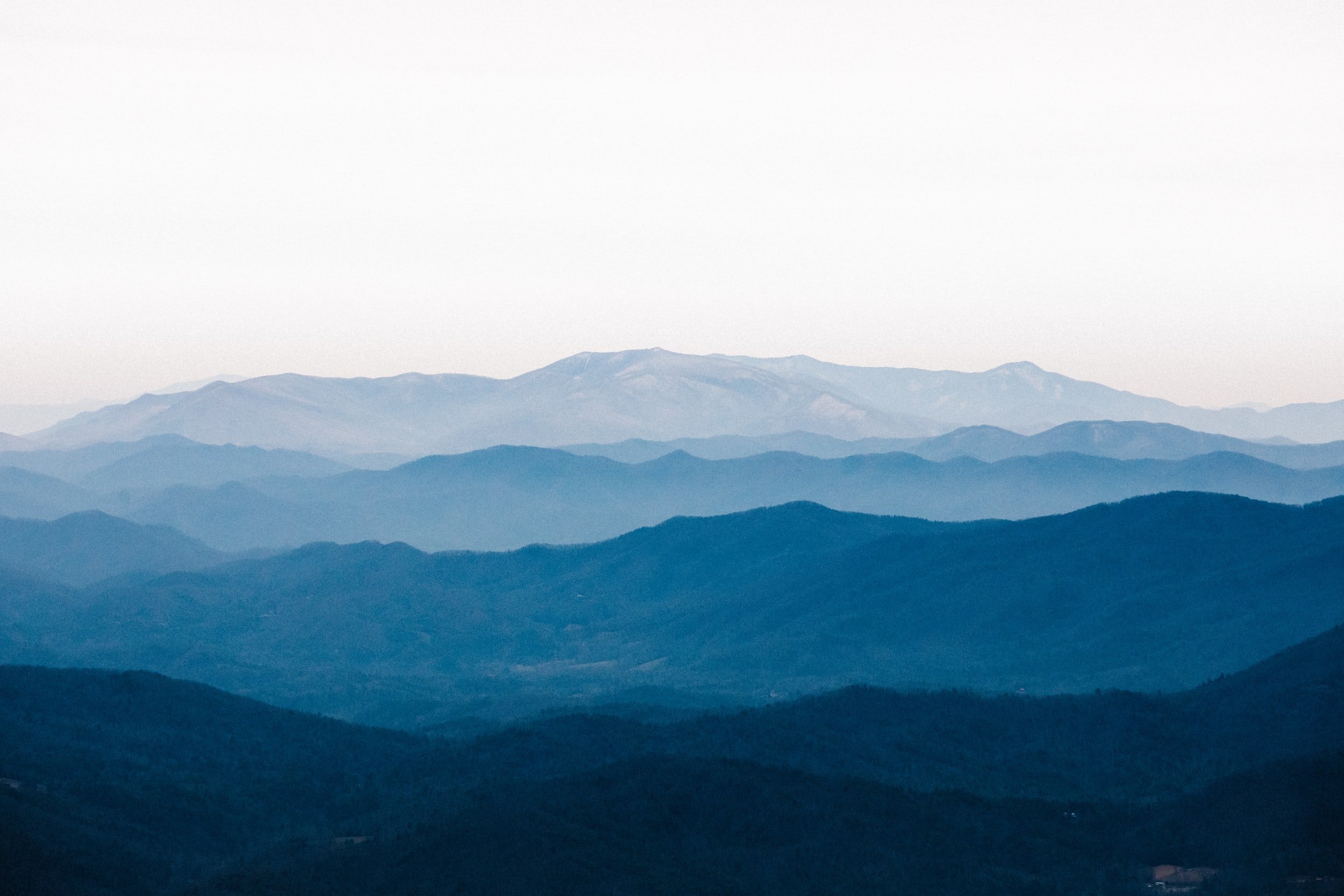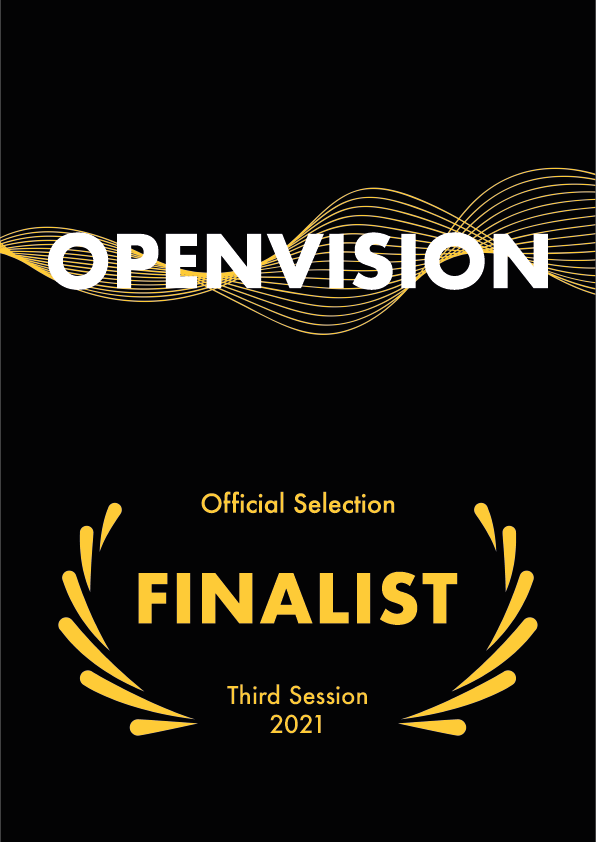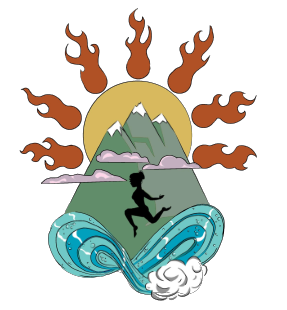
Terra: An Appalachian Dance Film

Terra was inspired by the universal issue of climate change. but is specifically geared toward combating the environmental injustices and propaganda posed by coal corporations in Appalachia. Appalachia is home to some of the most polluted landscapes in the U.S., yet the Appalachian heritage and identity are directly tied to nature. In 2014, the EPA stated that the Ohio River was one of the most polluted rivers in the U.S. Perhaps because of the amount of chemical spills, slurry slides, and general incremental pollution in the region, the youngest generation in West Virginia have developed several anxieties, including a fear of water. Locally and nationally, Millennials and Gen Z are experiencing something called “climate anxiety--” an overwhelming and persistent fear of the worsening climate crisis. However, in Appalachia, the economy outside of extractive industry centers around the natural world--leading to a particularly strange crisis of the Appalachian identity in youth.
The narrative is fairly concrete and literal through its promotion of research, but also heavily influenced by mythology and culture. The film follows a student that is “taught” about pollution through the 4 natural elements, personified as 4 characters. Throughout the work, the elements demonstrate their timelines. At the beginning in each of their sections, they show that they symbolize a form of life or nourishment; at the end of their sections, they move to show now that they symbolize fear and destruction. Fire demonstrates how at the beginning of history it was used to be warmth from the cold, and then progresses to represent that it is merely used as factory flame and to ignite industry. Earth demonstrates how it used to be food and nurturement, then progresses how it is merely used to extract resources for profits like fossil fuels, coal and pharmaceutical drugs like opiates. Air demonstrates how it used to be the breath of life, then progresses to show now it is merely the smog in the air. Water demonstrates how it used to be nourishment and purification, and now it is merely used as a dumping ground for toxic waste. In these small progressions, real research will be brought into the narrative depicting exactly how these elements became polluted. By the end of the work, the elements come together in a fantastical group piece to warn the student that she is running out of time, and that the decision to save the planet lies with her.
Real sites within the Ohio River Valley, including Heritage Farm, Beech Fork State Park, and the city of Huntington, provide a grounded setting for what is a fairly mythological tale. By working with an artistic medium, real locations, research and mythology, we hope to concretely engage the public, inspire them, and provide a platform for them. We hope to create a platform in which young artists feel they have a place in the region, and do not feel they have to leave to have opportunities. To put it simply, we want to provide Millennial and Gen-Z artists with a voice for two reasons: for one, we have a deep outmigration amongst the youth in the region and want to provide opportunity; two, we, the youth, are the ones that will ultimately face the climate crisis.






Photos by Lilly Dyer




